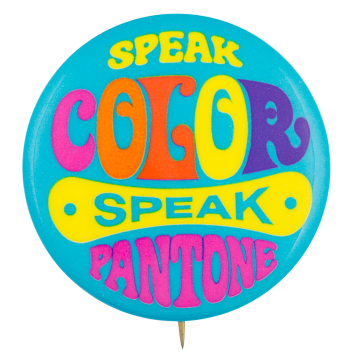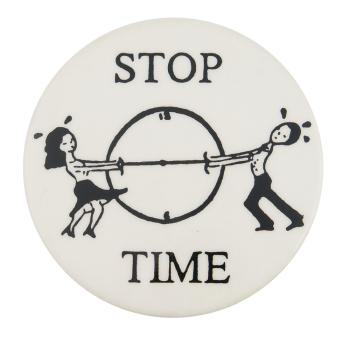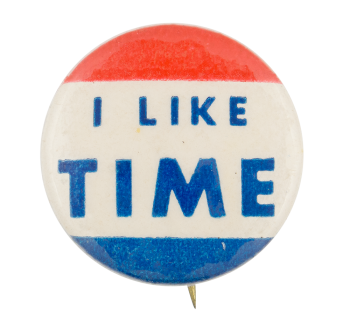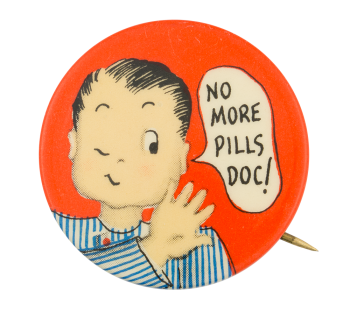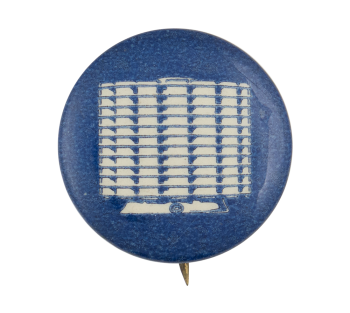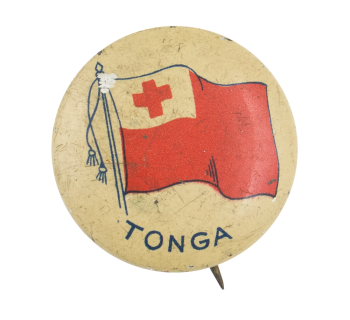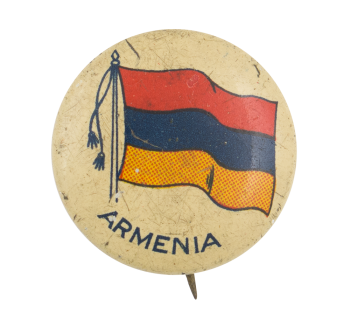Speak Color Speak Pantone
| Category | |
|---|---|
| Additional Images | |
| Text on Button | SPEAK COLOR SPEAK PANTONE |
| Image Description | Yellow, pink, orange, red, purple and blue text on a blue background |
| Back Paper / Back Info |
Litho Supplies 1968 |
| Back Style | |
| The Shape | |
| The Size | |
| Year / Decade Made | |
| Additional Information | Based in New Jersey, Pantone is a printing and technology company that uses a patented matching system to replicate any color for designers, retailers, and customers. Since the 1950s, Pantone has perfected the color and printing process with the Pantone Matching System to create or reproduce any color. Advertised as "speaking the international language of color," Pantone's one-of-a-kind approach can translate colors into any form from print to plastic. |
| Sources |
About Pantone. (n.d.). Pantone. Retrieved November 27, 2024, from https://www.pantone.com/about-pantone Pantone Inc. History. (n.d.). Funding Universe. Retrieved November 27, 2024, from https://www.fundinguniverse.com/company-histories/pantone-inc-history/
|
| Catalog ID | AD0813 |

